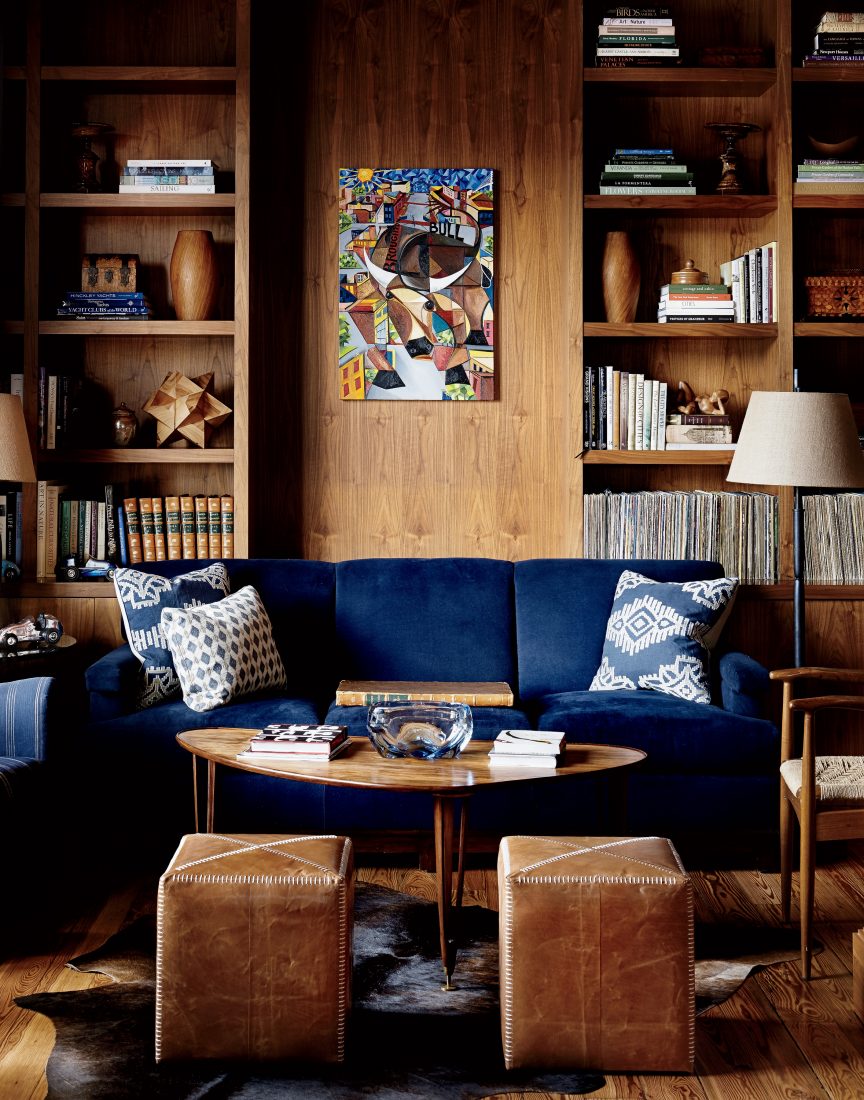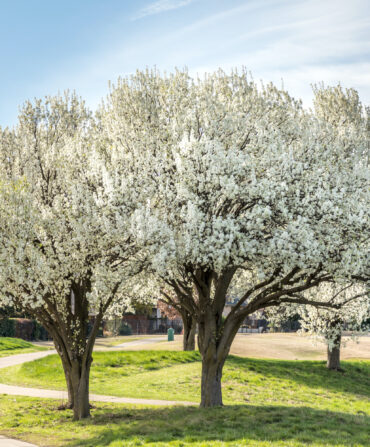Savannah’s main retail thoroughfare, Broughton Street, has long traversed the historic district with a ragtag patchwork of storefronts, some with tenants and others standing empty and forlorn behind their sagging midcentury face-lifts. The perceptive visitor may get a sense of the street’s former grandeur, but most will notice only the decades of neglect and keep striding past in search of the city’s ample charms elsewhere.
Ben Carter hopes to stop them in their tracks. “Broughton was Savannah’s high street,” says Carter, the Georgia real estate developer who has bought scores of buildings there with the intention of restoring them. Key to his plan: new residences on the floors above the storefronts. Revitalization requires a delicate balance between preserving the past and building a future, so Carter, along with his wife, Tricia, has put his money where his sales brochure is. The couple were among the first to adopt this kind of city living. Last year they bought a sun-streaked five-bedroom upstairs loft in an early twentieth-century building with a restaurant on its ground floor. It has become the kind of party house the Carters had always wanted—one with an open enough floor plan for a little spontaneous dancing after dinner. (“Every evening includes a little Michael Jackson,” he says.)
“The loft we bought is an incredible example of the style of these old buildings,” says Ben, who loves the history in its bones—the heart-pine floors, exposed beams, and irregular rooms. He and Tricia also love being able to walk across the street to the Funky Brunch Café and sit on the patio and eat pancakes made at the table while their Lab/wolfhound mix, BC, feasts on bacon and eggs. “It all fits the vision of what I think is possible in an urban lifestyle.”
Previous owners had modernized the loft, centering it around a vast, multipurpose main room with a sleek kitchen floating right through the middle. But it was stark and modern, and the Carters wanted a design that could accommodate the antiques and period pieces they love. So they brought in their longtime collaborator, the Southern decorator and shop owner Phoebe Howard.

Photo: Greg DuPree
Painted floors by the Savannah artist Bob Christian set off the master bedroom.
“The space is so open to interpretation that I was able to mix different periods and styles together,” Howard says. “It loosened up my traditional tendencies a little, and I was able to have a bit more fun.” For the inviting main room, she gravitated toward midcentury furnishings—Italian armchairs and a Danish rosewood desk—that tip their hat to the frozen-in-the-fifties look of some nearby Broughton Street buildings. But Howard remained careful not to overstuff the rooms and obliterate the clean lines and minimalism intrinsic to the loft aesthetic. She chose a deep midnight blue (a favorite color of both Carters) for the master bedroom but was confounded by its irregular shape when it came time to look for floor covering. Her solution: She hired the Savannah artist Bob Christian to paint the floor in a geometric pattern.
But nothing commands quite as much attention as Ben Carter’s collection of American maps, which line walls throughout the entire home. Working with the art dealer Graham Arader, Carter has acquired rare examples of three significant eighteenth-century maps. The Henry Popple “Map of the British Empire in America” and the John Mitchell “Map of the British and French Dominions in North America” helped resolve border disputes, with the latter earning its reputation, Arader says, as “the most important map in American history.”
Yet Carter’s most prized possession is surely his first issue of Peter Gordon’s 1734 plan of Savannah. It is one of only two known examples of this iconic image, which shows the newly laid grid of Savannah’s streets in a patch of earth cut from the surrounding forest. “This map was the template for the urbanization of America in the eighteenth century,” Arader says. As such, it was used as a marketing ploy for would-be European settlers “to leave their dreary homes behind and make a go of life in this orderly city on the banks of the Savannah River.”

Photo: Greg DuPree
A rare John Mitchell map.
Nearly three hundred years later, Carter is making the same pitch: Life in the heart of the coastal city really is better. “One evening I was walking through Reynolds Square on my way to dinner,” he recalls, “and a small crowd had formed where a gentleman was playing his flute. On the opposite side of the square there was a lady reading a children’s book out loud who had attracted a few young families.” He stopped to listen to the woman’s clear voice carrying over the tones of the woodwind, urban music to his ears.









